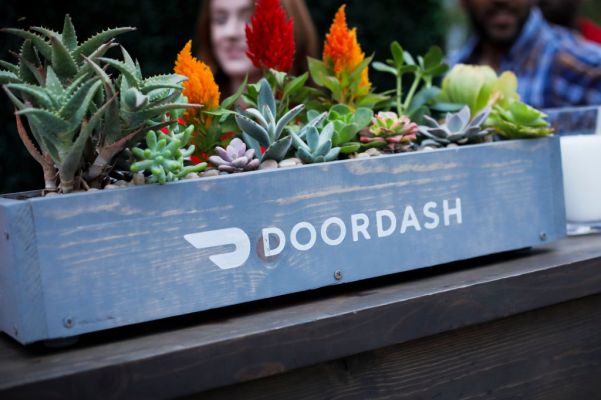Earlier today, during an eye-popping market selloff, DoorDash announced that it has privately filed to go public. The decision to file privately will allow the high-valued startup to get its S-1 documents in good order with the SEC before showing the rest of us what it has up its sleeve.
The move to announce its private filing is more interesting and could be related to prepping demand for its shares, providing some PR-cover for backer SoftBank, which could use the assist, or, perhaps, to dampen investor excitement for rival companies, in the face of DoorDash’s implied success and maturity.
Whatever the reasons behind the timing — some of which must deal with the capital requirements of long-running cash burn — the filing is a new milestone for the on-demand and gig economies. And how well DoorDash’s filing is received, predicated in no small part on its recent financial performance, will help set sentiment for a number of other, richly backed startups.
So let’s remind ourselves of what we know about DoorDash’s financial history. This will give us a workable foundation heading into its eventual S-1, and, we presume, old-fashioned IPO. (It’s hard to imagine the cash-fired engine that is DoorDash looking toward a direct listing.) We’ll dig through its fundraising, unearth what we know about its revenue over time and turn over some data concerning its hiring efforts in recent months to better understand its IPO prep.
History
DoorDash’s fundraising history is well-known but worth recalling sequentially.
Small rounds in 2013 and 2014 led to a then-outsized $40 million check from Kleiner in 2015. A year later Sequoia led a $127 million investment, marking its second lead deal for the domestic food delivery company. Things then kept heating up, with DoorDash raising over $500 million from the Vision Fund in early 2018, along with another $250 million later that year. According to Crunchbase data, the company last year raised $1.1 billion in three chunks: a $600 million deal, a $400 million investment and $100 million more toward the end of the year.
The company has raised north of $2 billion so far.
Next, let’s collect what we’ve learned over the years regarding its revenue and profit performance. Here’s a short compendium:
- Deliveries “tripled” in 2018, according to The New York Times.
- Sales “tripled” in 2018, driving net revenue of $108 million in November of that year, according to Bloomberg.
- Net revenue of $900 million to $1.0 billion in 2019, according to The Information.
- GMV of “at least” $8 billion in 2019, according to The Information.
- A “loss” of $450 million in the year, according to The Information, though that figure is unclear in terms of what profitability metric is being employed.
It’s not a long list, to be clear. We do have, however, other scraps of data to help fill out our financial picture of the company. For example, SecondMeasure lists DoorDash’s share of the domestic “meal delivery” space at 38% in January 2020. Grubhub came in second with 31%, Uber Eats with 20% and Postmates with a little around 10%.
The company’s fundraising history implies rapid growth. What we have learned about its expansion over time confirms that its net revenue expansion has been rapid — though the firm remains expensive for its category on a multiples-basis — and expensive. That’s what I expected coming into this post, but it’s nice to have confirmation. (If you have more numbers, I’m around.)
IPO prep?
Finally today, a quick note on the company’s IPO prep, as far as we can view it externally.
When WeWork decided to delay its IPO, the market changed. Growth lost some luster, losses became more problematic, and many companies pulled back spend, cutting staff and generally tacking closer to profitability. DoorDash, a known growth-play, did not cut staff that we know of. However, the company does appear to have curtailed its hiring after the co-working liquidity debacle.
According to Thinknum Alternative Data, the company’s job posting count peaked in August and September, around the time that WeWork filed and pulled its IPO. After the IPO was yanked, job openings at DoorDash fell. Check this chart (shared with permission), showing the number of job postings at the company over time:
Alright, we now have a shared set of facts. Now we wait for the public S-1.
